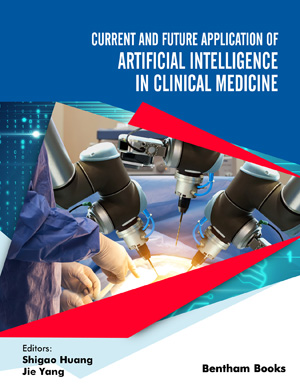Abstract
Non-invasive Magnetic Resonance CholangioPancreatography (MRCP) allows a direct visualization of the pancreatobiliary ductal system without administration of contrast materials or ionizing radiation by utilizing contrastrelated properties of fluids excreted by liver and pancreas into the biliary and pancreatic ducts. MRCP enables visualization of the ductal system at a resting state, thereby more accurately displaying the caliber of the native ducts. Consequently, non-invasive MRCP has essentially replaced invasive procedures such as percutaneous transhepatic cholangiography and sole diagnostic endoscopic retrograde cholangiopancreatography. Current state-of-the-art MRCP techniques provide high-resolution visualization of the native pancreatobiliary ductal system, however, many early symptoms of pancreatobiliary diseases are being compensated for and masked by pancreatobiliary parenchymal and ductal structures, emphasizing that the pancreatobiliary tree is part of a functional system. To enhance sensitivity in pancreatic imaging, pathophysiologic characteristics can be further exploited: The introduction of perfusion/diffusion-weighted imaging in combination with secretin-induced increase in parenchymal perfusion and ductal secretion will simplify the detection of generalized perfusional defects in the pancreatic parenchyma, will allow a quantification of the remaining pancreatic excretory reserve, and will help to confirm a suspected loss of ductal distensibility. Cholecystokinin-induced stimulation of functional characteristics of the biliary system in combination with MRCP imaging will allow the quantification of gallbladder ejection fraction and biliary diameter, and will lead to an increase of diagnostic sensitivity to detect microlithiasis as well as biliary leakages without application of ionizing radiation. Contrast-enhanced imaging of the biliary tree is usually part of a comprehensive evaluation of the liver utilizing hepatocyte- targeted contrast agents which undergo an active transport into the intracellular space of the hepatocytes, where they are further metabolized and eliminated through the biliary system and subsequently allow parenchymal as well as biliary assessment employing T1 - weighted pulse sequences.
Keywords: percutaneous transhepatic cholangiography, secretin, fast spin echo, parenchymal perfusion, apparent diffusion coefficient, amine precursor uptake and decarboxylation












